The best museums in Iran; Travel through time with the 22 best museums in Iran
In the first part of the introduction of the best museums in Iran, we introduced the museums of Tehran; in this part, we will go to the museums of other factors:
Kalbadi house; Sari city museum
A historical house dating back to the Qajar era. The home of Manouchehr Khan Kalbadi was registered in the list of national monuments by the Cultural Heritage and Tourism Organization of Iran in November of 1977. Bricks, wood and clay were used in the construction of this historical building, and the roof of this house is made entirely of clay. The pond in the middle of the courtyard of this house makes it even more beautiful. The type of construction and decoration of the doors and windows of the Kalbadi house dazzles the eyes at first sight and makes people want to watch.
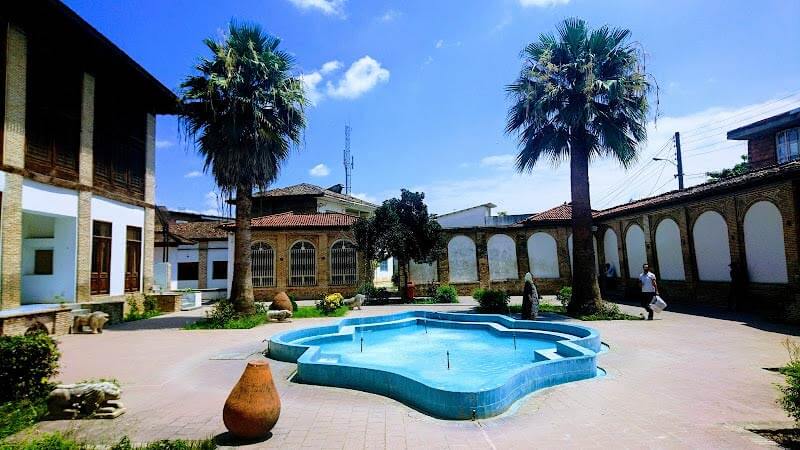
Nene Mukarmeh Museum; Museum of illiterate painter!
Imagine an old northern woman who has no academic education and no literacy. At the age of 67, this older woman picks up a brush to get rid of the depression caused by selling her favorite cow, and without any knowledge of painting, she starts painting.
The postmodernist paintings of Mukrameh Ghanbari, this older woman from Mazandaran province, created a stir in the world. In 2001, she was awarded the title of Lady Painter of the Year at the Iranian Studies Conference at the University of Sweden.
Nene Mukarmeh was buried in the yard of her house after her death, and in 1984 her home became a small museum with visitors from all over the world.
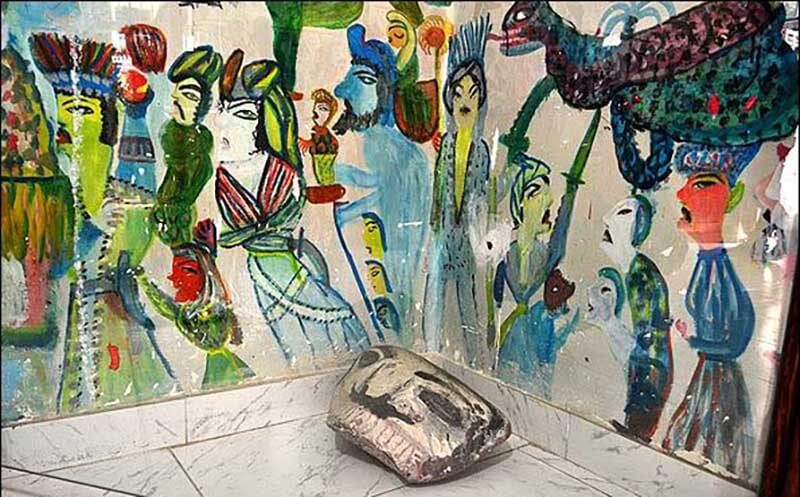
Nima Yoshij’s house; Watching the life of the new poetry father
Most of the materials used in this house are clay, mud and wood. Plastering, mirror work, sashes and eye-catching moldings will polish the soul of every viewer who visits this house.
In this museum, you can see Nima Yoshij‘s documents, such as his birth certificate, marriage certificate, Nima’s personal and administrative correspondence, manuscripts of her poems, letters and will. In addition to these, Nima’s accessories can also be seen, such as glasses, stationery, hunting guns, etc.
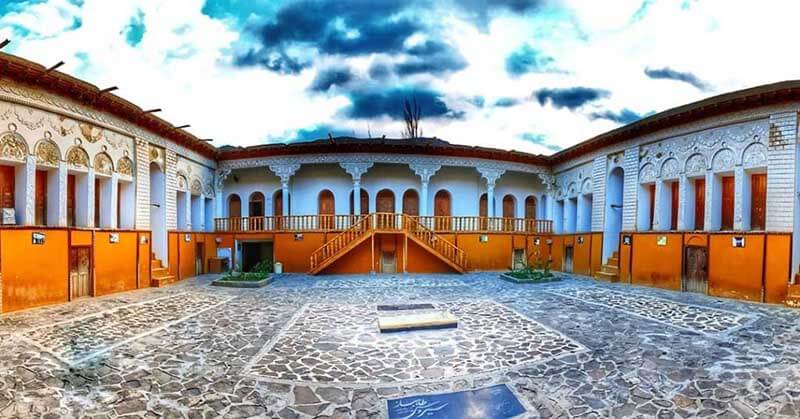
Gohartepe museum site; Journey to the Iron Age
This museum is in the form of a soldier, and you can see what the archaeologists have dug out of the ground. In this museum, you can see how bodies were buried, and objects were buried with the dead in ancient times.
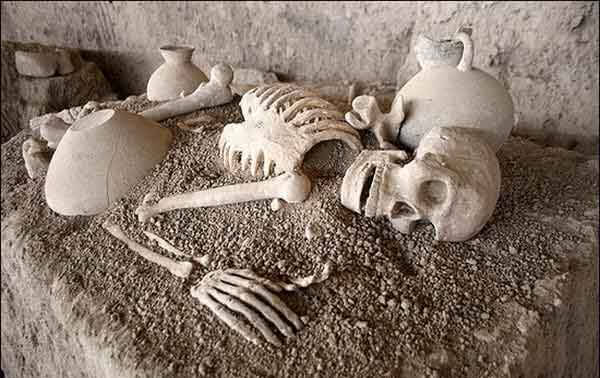
Alasht Museum of Anthropology; Reza Shah’s paternal house
Alasht Museum of Anthropology is located in Alasht, Mazandaran. This museum has been attributed to the birthplace of Reza Shah Pahlavi and his father’s house. This house is built on two floors and in the native style of Mazandaran architecture, where each floor is made of several rooms inside each other and a veranda with wooden fences that are placed across the floor.
The second floor of this museum was destroyed in the earthquake of 1957, but it was restored within four years, between 1949 and 1953, based on the same architecture. In 1963, it started working as a museum under Reza Shah Museum until 1968 with this title. He continued to live. This house, along with its surrounding neighbourhood, was registered in the list of national monuments of the country in 1969.
After the victory of the Islamic revolution, this house has experienced an exciting story. After the process, it was used as a high school for one year and then as a public library in Alasht. Finally, in 2008, with the cooperation of various organizations and the city’s people, it changed its use to the Alasht Museum of Anthropology.
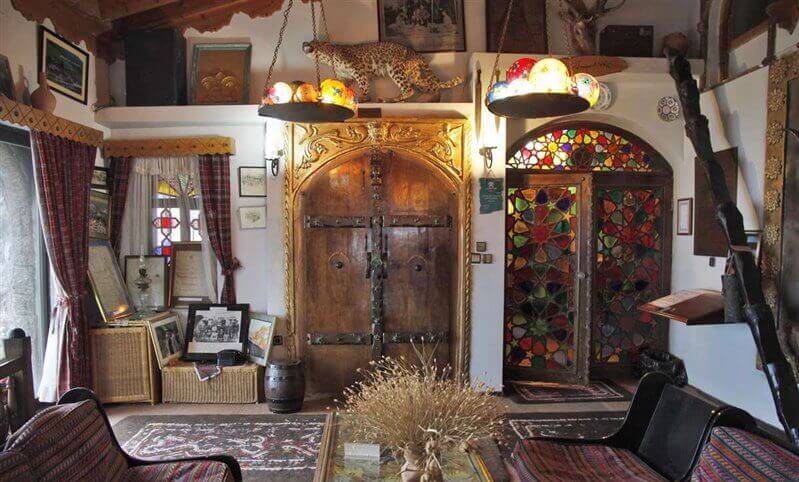
Ramsar Marble Palace; A paradise in the middle of paradise
The construction of the Marble Palace began in 1937 by the order of Reza Shah Pahlavi, and it took four years to complete. Over the years, this museum palace has had different names, such as Ramsar Garden, Ramsar Royal Palace, Marble Museum Palace and Caspian Museum.
Ramsar Museum Palace is built in the middle of a vast garden of diverse and rare trees and flowers with an approximate area of 60,000 square meters and a European architectural style. The Marble Palace was registered as one of the best museums in the north of Iran in 1999, and luxurious and historical objects and accessories such as historical and archaeological findings, paintings done by world-famous painters, marble and bronze sculptures, luxurious and old chandeliers, valuable handmade carpets and… are kept.
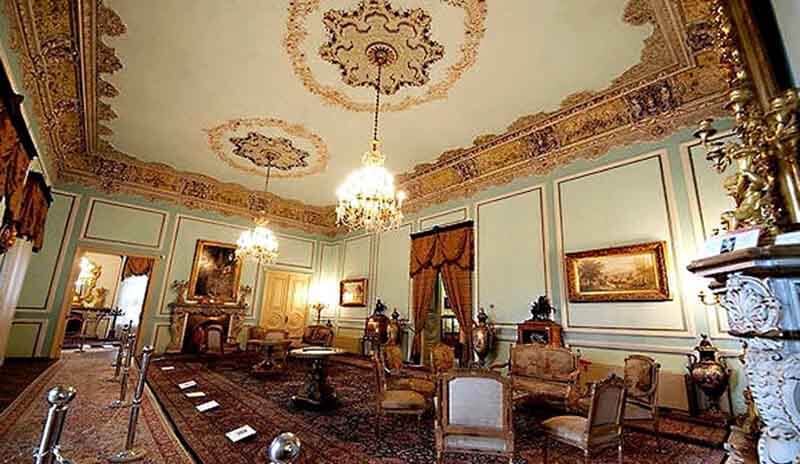
Gilan Rural Heritage Museum; Iran’s first ecomuseum
This museum is the first ecomuseum in Iran. An Ecomuseum is a museum that tries to preserve a region’s nature and culture and displays that region’s features and facilities.
Lahijan Tea History Museum; The pleasant aroma of Iranian tea
Lahijan Tea Museum, also known as Kashif Al-Sultaneh Museum, is built on a tea hill.
The building of this museum was built in the style of western architecture in 1976 and was changed to a museum in 1996. The traditional and specialized tea equipment and the documents of the activities of the father of Iranian tea are among the equipment and objects of this museum.
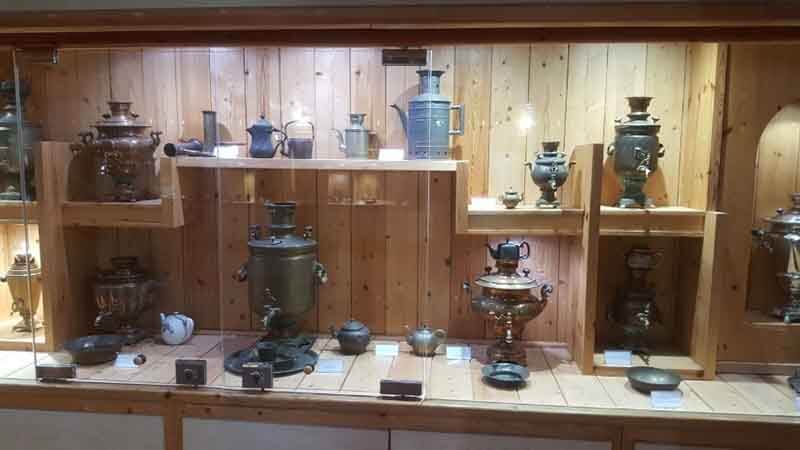
Astan Quds Razavi Museum; Everything From A to Z
Due to the great devotion of Iranians to Imam Reza (AS), the Astan Quds Museum has many donated objects and collections. In it, you can find Olympic medals presented by athletes, all kinds of old watches, a massive treasure of shells and sea snails, weapons, coins and paper money, manuscripts, etc.
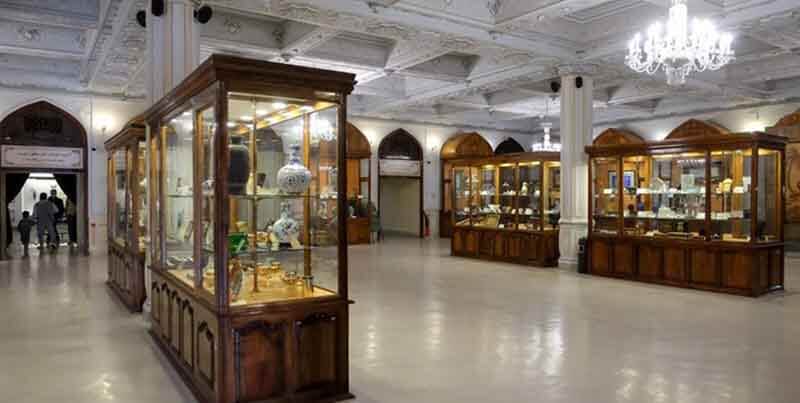
Persepolis Museum; Professor’s perfect plan!
The Persepolis Museum is one of the most historical buildings that has been converted into a museum in Iran. A museum 2500 years old. This alone is enough to write the name of this museum in the list of the best museums in Iran.
In 1932, Professor Hertzfeld, the head of the Faculty of Persepolis, decided to rebuild a part of Persepolis to store the objects and explore the equipment.
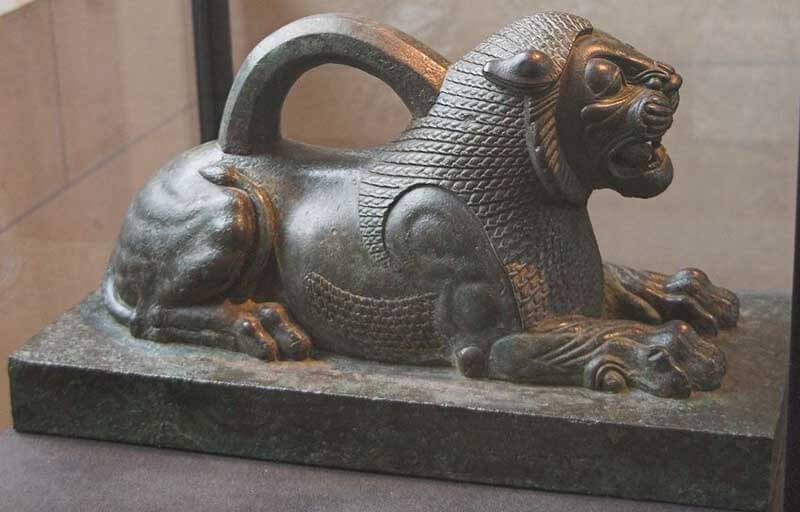
Yazd Water Museum; The Coolness in the heart of the desert
In the Yazd Water Museum, you can learn about the history and accessories related to water, digging aqueducts and wells, lighting devices in trenches, and all kinds of documents and books related to water and troughs. This museum started its activity in the historical house of Kolahdozan in 2000. The interesting point of this museum is that from its lower floor, the branches of two aqueducts of Zarch (2000 years old) and Rahim Abad pass.
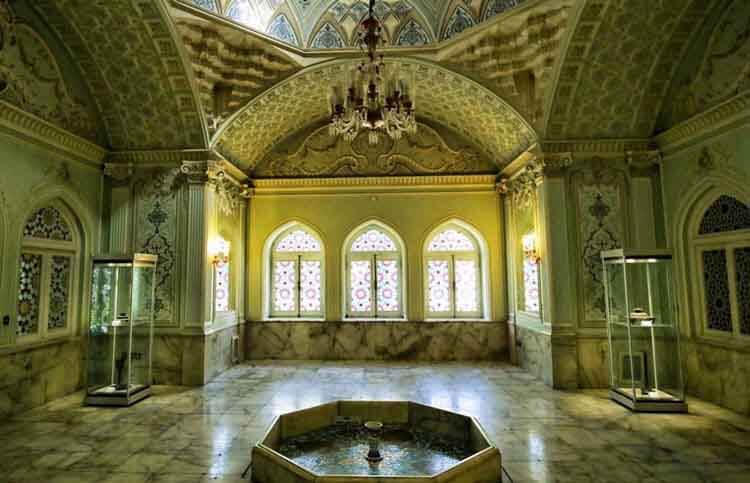
Isfahan Music Museum; The cosy corner of Iranian instruments
In December 2014, two traditional music masters named Shahriar Shokrani and Mehrdad Jihouni established the first and only music museum in Iran. Although only a little time has passed since the establishment of this museum, Isfahan Music Museum has been able to reap awards and was selected as the best private museum in Iran by the International Council of Museums.
In this museum, you can see more than 300 samples of Iranian musical instruments in two halls of national agencies and local devices.
The exciting part of this museum is that you can show off your skills with various instruments.
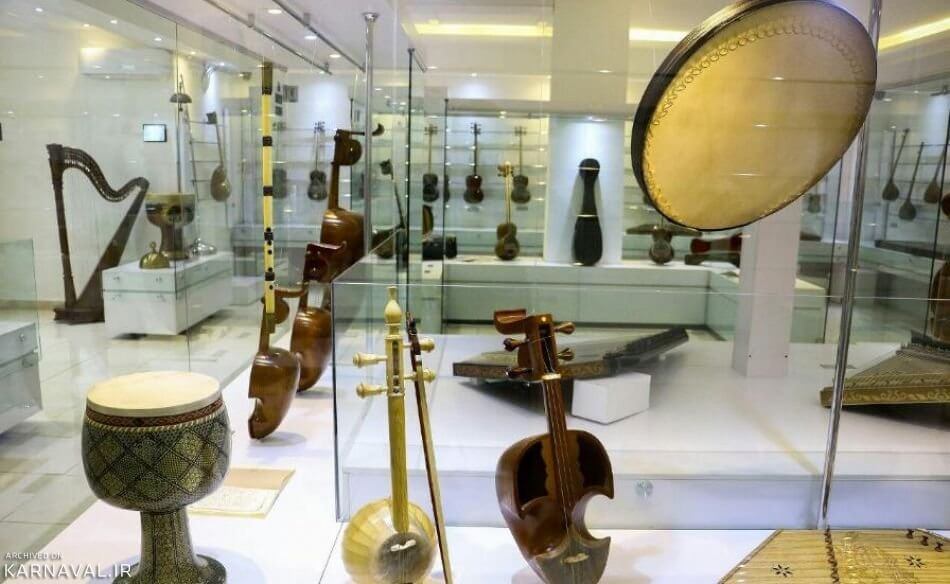
Tabriz Azerbaijan Museum; The second historical museum of Iran
Andre Godard, the famous French architect, and Ismail Dibaj were responsible for the arrangement and design of this fantastic building, respectively.
A complete collection of historical coins, three thousand book covers, attractive and conceptual sculptures and exploratory pottery works from the city of Jiroft are only a tiny part of the valuable objects of this museum. The only way to see the Sassanid gold plate is to visit the Azerbaijan Museum.
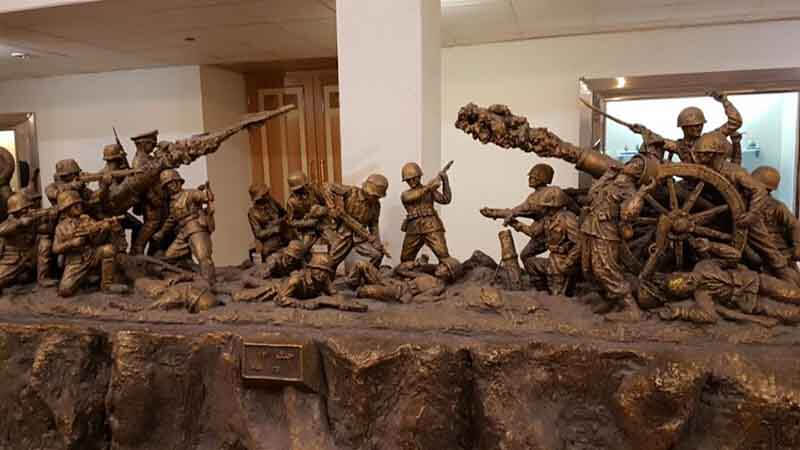
Pars Museum of Shiraz; Walking with Karim Khan
Pars Shiraz Museum is one of the oldest museums in Iran and was established in 1936. This museum is also known as the Kolah Ferangi mansion of Shiraz, and it keeps objects from the pre-and post-Islam era. The Kolah Ferangi mansion of Shiraz was registered in the national register in 1935.
A collection of 30 volumes of the Qur’an in the handwriting of Yahya Al-Jamali al-Sufi, known as the 8th century AH, the famous painting of Karim Khan smoking a hookah, the pictures of masters such as Agha Sadiq, Mirza Baba Naqashbashi, the students of Kamal al-Molk (Sadruddin Shaista Shirazi and Mirmansour), the sword of Karim Khan Zand and 17 man Quran are among the valuable items kept in this museum.

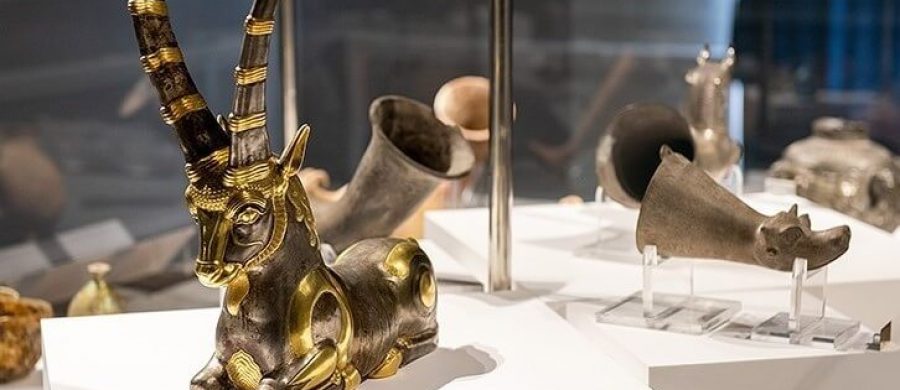




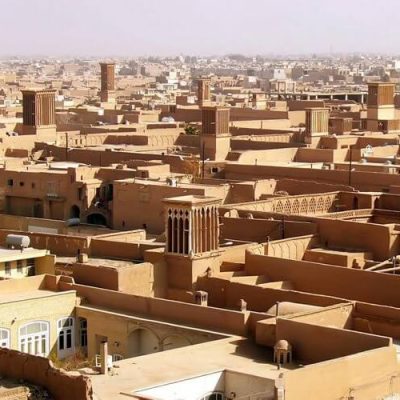

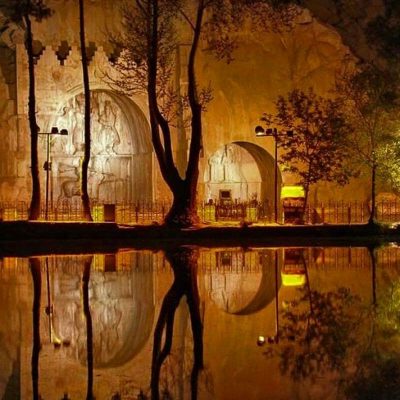
Post Discussion